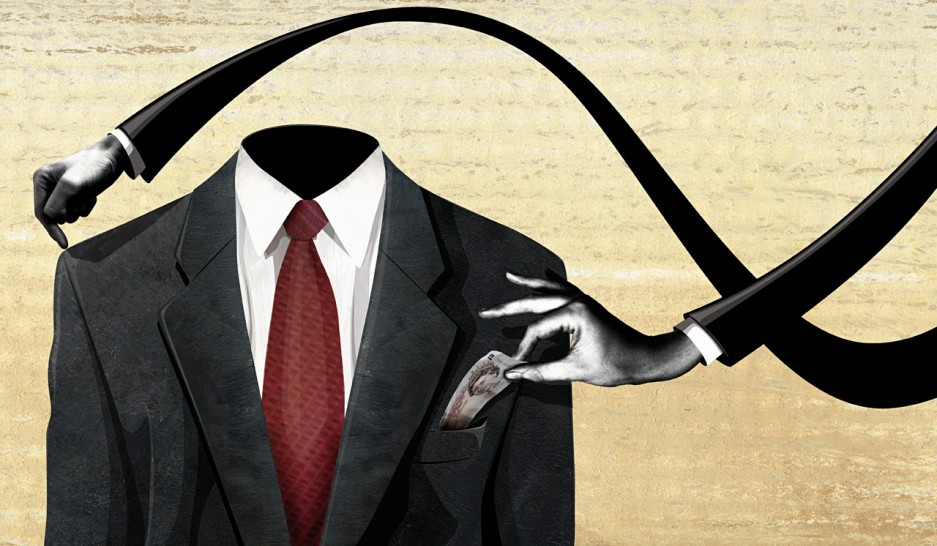Capital Gains Tax
Although the rate of CGT for gains qualifying for entrepreneurs’ relief remains at 10%, the lifetime limit has more than doubled from £2m to £5m. Subject to satisfying certain conditions, including the maximum limit, gains on disposals of entrepreneurial businesses by individuals and certain trustees will not be taxed at 18% or 28%, but will receive relief to bring the effective rate down to 10%.
In determining at what rate(s) an individual should therefore be charged CGT on any other gains, those gains qualifying for entrepreneurs’ relief are set against any unused basic-rate band before non-qualifying gains.
A claim for relief can be made on the disposal of all or part of a business, the assets of a business after it has ceased or shares in a company. Relief is then available for individuals if they are in business, for example, as a sole trader or a partner in a trading business or hold shares in their personal trading company (in which they own at least 5% of the ordinary share capital).
For trustees, the £5m limit is that of the beneficiary of the settlement that meets the conditions for the trustees to claim the relief. Where individuals or trustees have made qualifying gains before 23 June 2010, and make further qualifying gains, they will be able to claim relief on up to a further £3m of those additional gains.
With this extended relief for ‘entrepreneurs’, there will no doubt be more of an inclination to hear ‘my business is my pension’. But businessmen should be made aware of the pros and cons of this (see ‘Pros and cons of extended relief’ table, below).
Directors’ remuneration
The proposed £1000 increase in the personal allowance would probably not affect most shareholding directors, because this change is targeted at basic-rate taxpayers only.
However, National Insurance changes proposed from 2011 will operate to further increase the attraction of dividends. The small companies’ rate of corporation tax is also due to fall to 20% with effect from 1 April 2011.
While the bands and thresholds for income tax, National Insurance Contributions (NICs) and corporation tax have not changed, we do now have a 50% income tax rate for high earners (42.5% on dividends). Most shareholding directors will take a basic salary to cover living expenses, so the issue now is how best to extract profits from a director’s business?
To make a decision, let us first compare the mechanism for getting dividends and salary paid from a company. We will assume the director will be a 40% taxpayer.
Dividends
- The company makes a pre-tax profit of £10,000
- As a smaller company, they pay corporation tax at 21% (£2100)
- The net amount available for distribution is £7900
- The shareholding director receives a dividend of £7900
- To calculate the income tax due, this is grossed-up (£8778). Higher-rate tax is payable at 32.5% (£2853)
- Less the dividend tax credit of £878
- Tax payable is £1975
So, the net dividend is £7900 minus £1975, which equals £5925. Based on the pre-tax profit, this is an effective tax rate of 40.75%
Bonus
- The company makes a pre-tax profit of £10,000
- It pays the director a bonus of £8865
- It also pays employer’s NIC (12.8%) of £1135
- The shareholding director receives a bonus of £8865
- Higher-rate tax and the additional 1% NIC amount to £3635
The net bonus received by the director is £5230. Based on the pre-tax profit, this is an effective tax rate of 47.7%.In these circumstances, the payment of a dividend will give a better net result than paying a bonus. This also applies for 20% and 50% taxpaying directors, as seen in the table ‘Dividend versus Bonus’, below. The assumptions used are as follows:
1) £10,000 profit available for distribution;
2) 12.8% employer NICs payable on bonuses;
3) 11% employee NICs payable on bonuses by 20% taxpayers;
4) 1% employee NICs payable on salary over £43,875 (40% and 50% taxpayers).
Pension contributions
An alternative to the payment of a dividend or bonus is for the company to make a contribution into a pension scheme. This would produce the highest effective tax rate, especially if the director’s income is less than £130,000, because there is no income tax or NIC deduction.
But given the government’s plan to slash the annual allowance and restrict the maximum that can be paid into a registered pension scheme, this strategy will be compromised in future years.
However, the future for business owners, as regards corporation tax, looks rosy. George Osborne stated he is cutting the current rate of 28% to 24% over the next four years, and cutting the small profits tax rate to 20% from 1 April next year, giving us, “the lowest rate of any major western economy, one of the lowest rates in the G20, and the lowest rate this country has ever known”.
All in all, a positive boost for business owners.

















